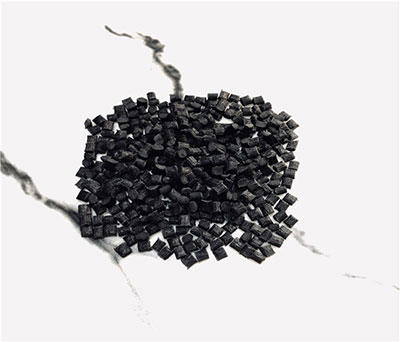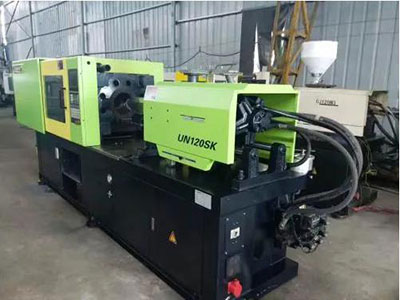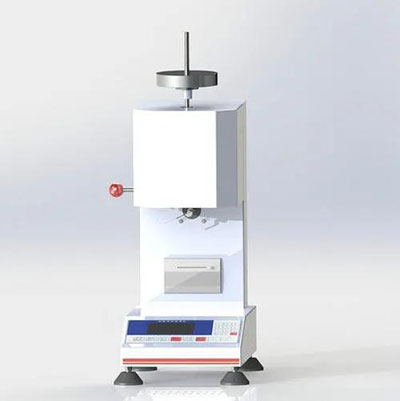©Copyright 2019 SIKO POLYMERS (SUZHOU) CO., LTD All rights reserved.Site Map Powered by iwonder.cn
- Email Uskevin@sikopolymers.com


The properties and process parameters of plastic injection molding are affected by many aspects. Different plastics need to formulate the forming parameters suitable for their properties in order to obtain the best mechanical properties.
Injection molding points are as follows:

One, shrinkage rate
The factors that affect the forming shrinkage of thermoplastic plastics are as follows:
1. Types of plastics
NO. | Plastic name | Shrinkage Rate |
1 | PA66 | 1%--2% |
2 | PA6 | 1%--1.5% |
3 | PA612 | 0.5%--2% |
4 | PBT | 1.5%--2.8% |
5 | PC | 0.1%--0.2% |
6 | POM | 2%--3.5% |
7 | PP | 1.8%--2.5% |
8 | PS | 0.4%--0.7% |
9 | PVC | 0.2%--0.6% |
10 | ABS | 0.4%--0.5% |
2. The size and structure of the molding mold. Excessive wall thickness or a poor cooling system can affect shrinkage. In addition, the presence or absence of inserts and the layout and quantity of inserts directly affect the flow direction, density distribution and shrinkage resistance.
3. The form, size and distribution of the material mouth. These factors directly affect the direction of material flow, density distribution, pressure holding and shrinkage effect and forming time.

4. Mold temperature and injection pressure.
Mould temperature is high, melt density is high, plastic shrinkage rate is high, especially the plastic with high crystallinity. The temperature distribution and density uniformity of plastic parts also directly affect the shrinkage and direction.
Pressure retention and duration also have an effect on contraction. High pressure, long time will shrink but the direction is large. Therefore, when the mold temperature, pressure, injection molding speed and cooling time and other factors can also be appropriate to change the shrinkage of plastic parts.

Mold design according to a variety of plastic shrinkage range, plastic wall thickness, shape, feed inlet form size and distribution, according to experience to determine the shrinkage of each part of the plastic, then to calculate the cavity size.
For high-precision plastic parts and it is difficult to grasp the shrinkage rate, it is generally appropriate to use the following methods to design the mold:
a) Take smaller shrinkage of plastic parts in the outer diameter and larger shrinkage in order to have room for modification after mold test.
b) Mold test to determine the casting system form, size and forming conditions.
c) The size change of the plastic parts to be reprocessed is determined after reprocessing (the measurement must be 24 hours after stripping).
d) Modify the mold according to the actual shrinkage.
e) The die can be retried and the shrinkage value can be modified slightly by changing the process conditions appropriately to meet the requirements of the plastic parts.
Second, Liquidity
1. The fluidity of thermoplastics is usually analyzed by a series of indexes such as molecular weight, melt index, Archimedes spiral flow length, performance viscosity and flow ratio (flow length/plastic wall thickness). For plastics of the same name, the specification must be checked to determine whether their fluidity is suitable for injection molding.
According to mold design requirements, the fluidity of commonly used plastics can be roughly divided into three categories:
a) Good fluidity of PA, PE, PS, PP, CA and polymethylthyretinoene;
b) Medium flow polystyrene resin series (such AS ABS, AS), PMMA, POM, polyphenyl ether;
c) Poor fluidity PC, hard PVC, polyphenyl ether, polysulfone, polyaromatic sulfone, fluorine plastic.
2. The fluidity of various plastics also changes due to various forming factors. The main influencing factors are as follows:
a) The temperature. High material temperature will increase the liquidity, but different plastics are also different, PS (especially impact resistance and higher MFR value), PP, PA, PMMA, ABS, PC, CA plastic liquidity with temperature change. For PE, POM, then temperature increase and decrease have little influence on their liquidity.
b) Pressure. Injection molding pressure increases melt by shear action, liquidity is also increased, especially PE, POM is more sensitive, so the timing of injection molding pressure to control the flow.
c) Die structure. Such as pouring system form, size, layout, cooling system, exhaust system and other factors directly affect the actual flow of molten material in the cavity.
Mold design should be based on the use of plastic flow, choose a reasonable structure.Molding can also control the material temperature, mold temperature and injection pressure, injection speed and other factors to properly adjust the filling to meet the molding needs.